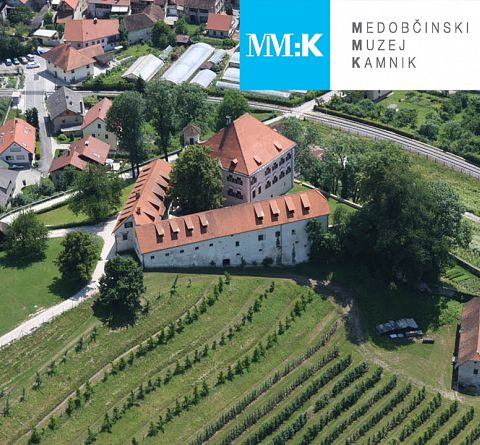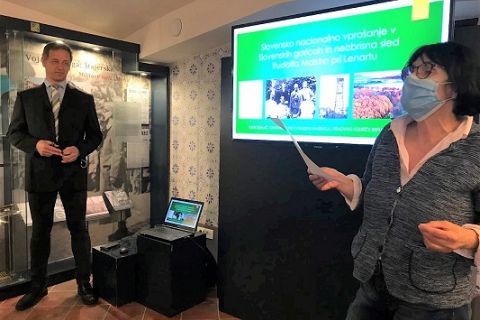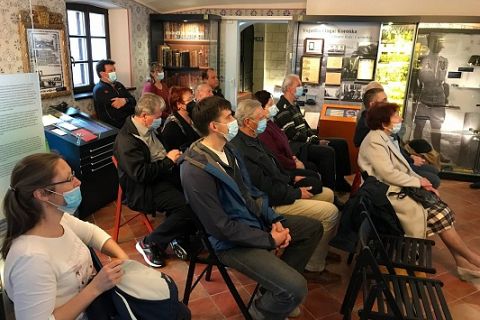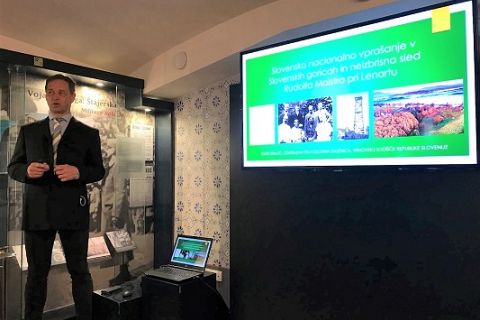Igor Zemljič: The Slovenian national question in Slovenske gorice and the indelible trace of Rudolf Maister
This time we will get to know the development of the “national idea” in Slovenske gorice from 1848 to the First World War. At the same time, we will get acquainted with the diverse social structure of the population of this region between rivers Mura and Drava, which has had a significant impact on the definition of people at key historical turning points. Rudolf Maister knew these places and the mentality of the population very well, as it was his key help in the decisive year 1918. This is one of the reasons why Maister felt good in these places, was happy to visit and admire them, which is best seen from his other poetry (anthological) collection Kitica mojih (1929). In it he very sincerely and freely sings the everyday beauty of Slovenske gorice: landscapes and people. The locals have imprinted Maister deep into their hearts and even today they evoke the memory of this great man, his life and work in many ways.
Igor Zemljič graduated in 1998 from the Faculty of Arts in Ljubljana, at the Department of Librarianship with a thesis entitled Review of Publishing in the Ljubljana Region in 1942, and in 1999 at the Department of History with the thesis Outline of Female Deviance at the Beginning of the 20th Century in the Slovenian newspaper. He has been employed at the Institute of Recent History (INZ) in Ljubljana for more than 21 years, and has been working at the Supreme Court of the Republic of Slovenia since July 2020, and now runs the Central Judicial Library. In 1993, the Cultural Forum from Maribor published his extended research paper as an independent book entitled Dominik Čolnik: The Forgotten National man from Slovenske gorice. In 2018, he was with dr. Maja Toš and Aleš Arih, one of the authors of the new permanent exhibition on the life and work of Rudolf Maister in the villa in Zavrh near Lenart, the exhibition Maister after Maister.







